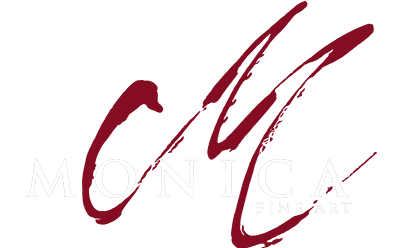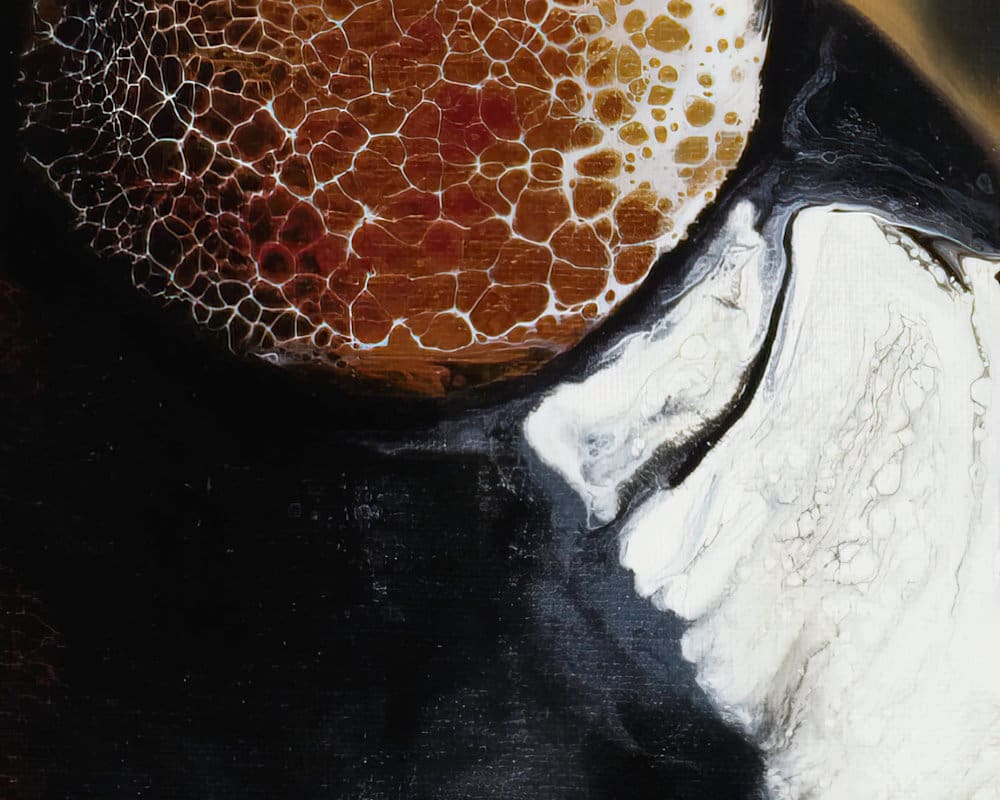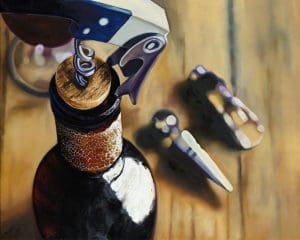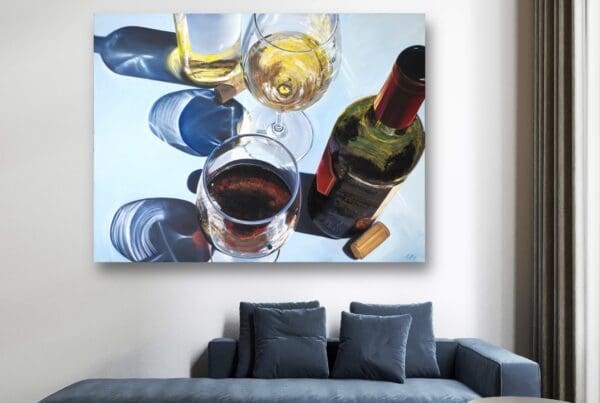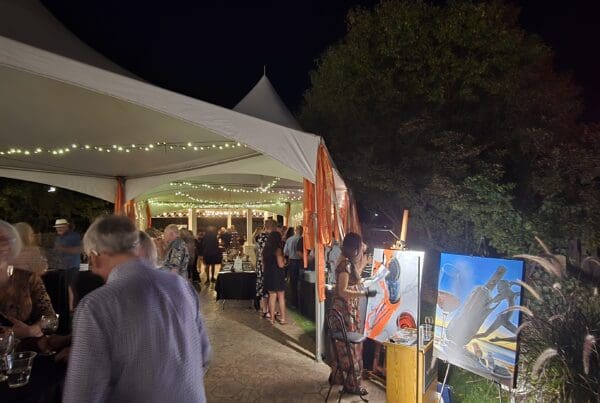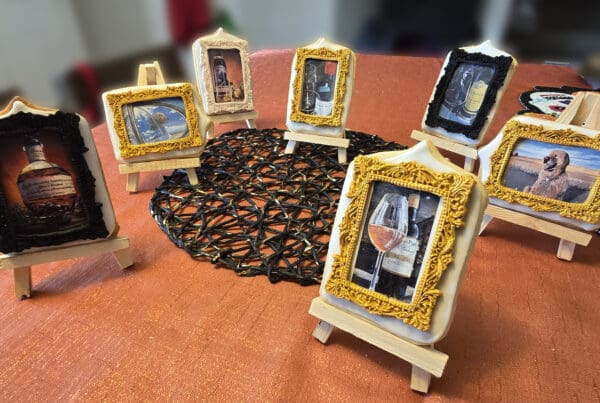Hybrid Fluid Realism: Blurring the Lines Between Abstract and Realistic Art
In an era where the art world is increasingly embracing unconventional styles and techniques, Hybrid Fluid Realism emerges as a captivating example of the limitless creativity within the realm of painting. This innovative style marries the dynamic spontaneity of acrylic pouring with the meticulous precision of traditional oil painting, culminating in a unique blend of abstract and realistic elements that creates an entirely new visual experience.
The distinctive process of creating a Fluid Hybrid Realism artwork begins with a dance of colors, a canvas bathed in acrylic paint that’s poured, not brushed, onto the surface. This technique leads to an unpredictable base layer, alive with swirls, drips, and bubbles – a spontaneous backdrop that’s almost ethereal in its fluidity.
Contrasting this abstract base, the artist introduces elements of realism with traditional oil painting, a medium known for its refined detail and tactile depth. This inclusion of realistic elements elevates the piece, providing a counterbalance to the initial layer of abstraction. The final product is a harmonious blend of abstraction and realism, each enhancing the other, resulting in an artwork that is dynamic, complex, and visually intriguing.
Hybrid Fluid Realism’s appeal lies in its symbiosis of movement and stillness. The acrylic pour’s fluidity introduces a sense of kinetic energy and dynamism. In contrast, the inclusion of detailed, realistic elements through oil painting offers a sense of grounding, a connection to tangible reality that lends a tactile quality to the piece.
This technique encourages experimentation, urging artists to push the boundaries of conventional painting methods. By meshing different mediums, artists create truly original pieces, imbuing their work with a distinctive style that is both contemporary and timeless. It’s a testament to the boundless possibilities of artistic expression and a vibrant exploration of the ways traditional and modern techniques can be combined to generate something new.
Hybrid Fluid Realism, as an emerging art style, promises to gather increasing popularity as more artists venture into the captivating interplay of fluid acrylics and detailed oils. Artists such as Monica Marquez Gatica of Monica Fine Art (aka MMG Art Studio) are already pioneering in this field, producing stunning Hybrid Fluid Realism artworks that invite the viewer into a visually stunning, emotive experience.
In conclusion, Hybrid Fluid Realism (Fluid Hybrid Realism) is more than just a combination of styles. It’s a movement that challenges artists to transcend the traditional boundaries of painting, opening up a world of endless creativity. As we move forward, we can anticipate an increasing number of artists harnessing this style, leading us into a new era of painting where fluidity, movement, realism, and abstraction coalesce in harmony.
